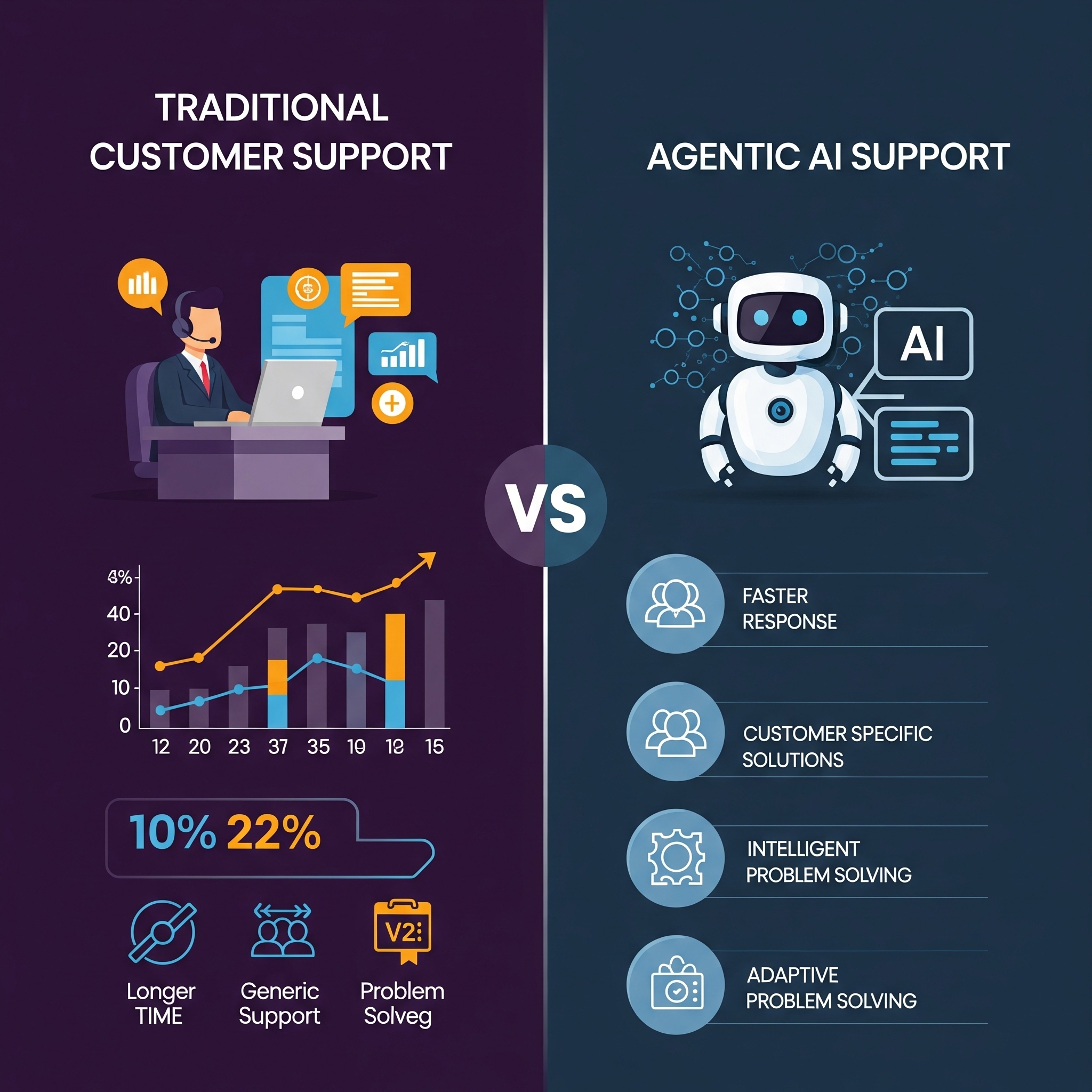Let’s Talk About Revenue (And Why It’s Not as Simple as You Think)
You made a sale. Money’s in the bank. Time to recognize revenue, right?
Well… not so fast.
The revenue recognition principle requires businesses to record revenue when it's earned, not when cash hits your account. Mess this up, and your books are a disaster. Overstate revenue? You’re in trouble. Understate it? Investors lose trust.
So, how do you do it right? You follow the 5 steps of revenue recognition.
Let’s break down all those 5 steps to recognizing revenue.

The Five Steps of Revenue Recognition (Broken Down for Real Humans)
Step 1: Identify the Contract -No Contract, No Revenue
If there’s no legally binding agreement, there’s no revenue to recognize.
✅ Written contracts, invoices, even verbal agreements (in some cases) count.
❌ A handshake deal with your old college roommate? Not so much.
Example:
Netflix signs you up for a 12-month plan. That’s a contract. They can now start recognizing revenue (bit by bit).

Step 2: Identify What You Owe (Performance Obligations)
What exactly are you delivering? If your deal includes multiple things, each one might have to be accounted for separately.
✅ Selling software? That’s one obligation.
✅ Offering training with it? That’s a second obligation.
Example:
A SaaS company sells CRM software + premium onboarding support. They can’t recognize all the revenue upfront—it has to be split across both services.

Step 3: Price It Right (Transaction Price Matters)
How much are you charging? Sounds easy. But what if there are:
- Discounts
- Refund policies
- Performance-based bonuses
Example:
A marketing agency charges $10,000 for a campaign, but if results hit a certain level, the client owes $2,000 more. That extra $2,000? It’s variable revenue and can’t be recognized yet.

Step 4: Split the Revenue Fairly
If you’re selling multiple things in one contract, you can’t just throw numbers around. Each part gets its fair share of revenue.
Example:
Apple sells you an iPhone with AppleCare. They can’t count it all as iPhone revenue today. Some of that money is for future AppleCare coverage, so it gets spread out over time.

Step 5: Recognize Revenue When (or As) You Deliver
This is where the magic happens. You recognize revenue:
✅ At a point in time (when a product is delivered)
✅ Over time (if it’s a subscription or a long-term project)
Example:
A construction company building a skyscraper recognizes revenue based on completion milestones (hello, percentage of completion revenue recognition).

Real-Life Revenue Recognition Examples
Let’s make this real with actual business scenarios.
🏪 Retail & eCommerce
- Amazon books revenue only when an order is shipped.
- No shipment? No revenue.
💼 Service-Based Businesses (Agencies, IT Services, Consulting)
- A lawyer bills monthly based on hours worked.
- No hours = no revenue recognized.
🏗️ Percentage of Completion Revenue Recognition
- A construction firm building a bridge recognizes revenue as each phase is completed.
- This method keeps long-term projects financially stable.
💻 Subscription Revenue Recognition
- You pay $1,200 upfront for a 12-month SaaS plan.
- The company recognizes $100/month, not all at once.
The #1 Mistake Businesses Make (And How to Avoid It)
Thinking cash = revenue.
It’s not. And messing this up can lead to financial misstatements, regulatory fines, and even lawsuits.
🚨 Signed a 2-year deal? You can’t recognize all that revenue today.
🚨 Offering a money-back guarantee? You can’t recognize revenue until the refund period is over.
If in doubt, follow the revenue recognition principle—it’s there for a reason.
Automating Revenue Recognition (Because Nobody Wants to Do This Manually)
You don’t need to handle revenue recognition with spreadsheets and guesswork. You can just let software do the heavy lifting.
Best Revenue Recognition Tools
✅ QuickBooks & Xero – Great for small businesses
✅ NetSuite & Sage Intacct – Ideal for enterprises
✅ AI-powered revenue tracking – Keeps everything compliant and automated
Final Takeaways (What You Actually Need to Remember)
- The revenue recognition principle requires businesses to recognize revenue when it’s earned, not when cash is received.
- The 5 steps of revenue recognition help companies stay compliant and financially accurate.
- Subscription revenue recognition spreads income over time, keeping finances steady.
- Percentage of completion revenue recognition is a must for long-term projects.
- Automation can save you time, money, and legal headaches.
If you want to stop stressing about revenue recognition, you should start syncing your revenue systems today.





